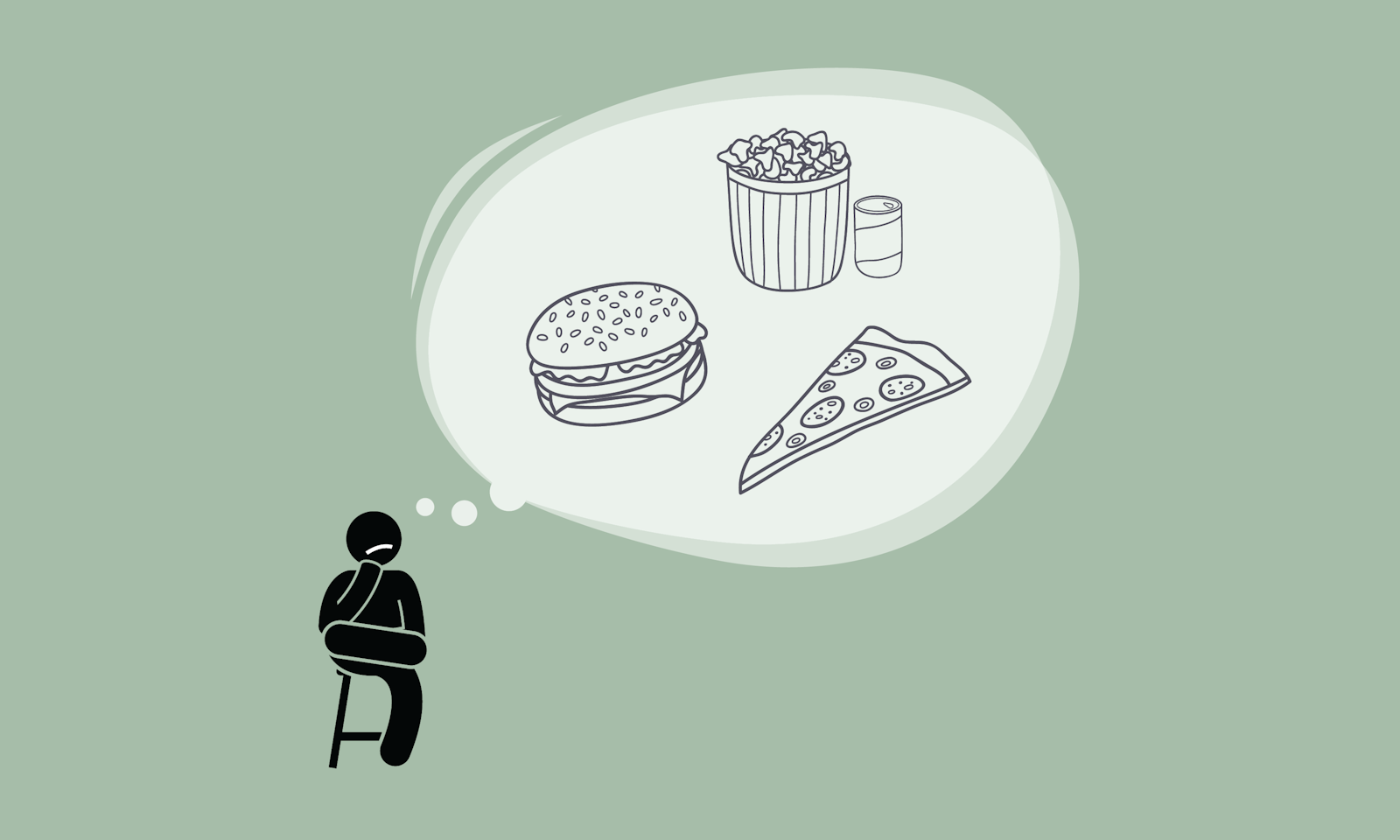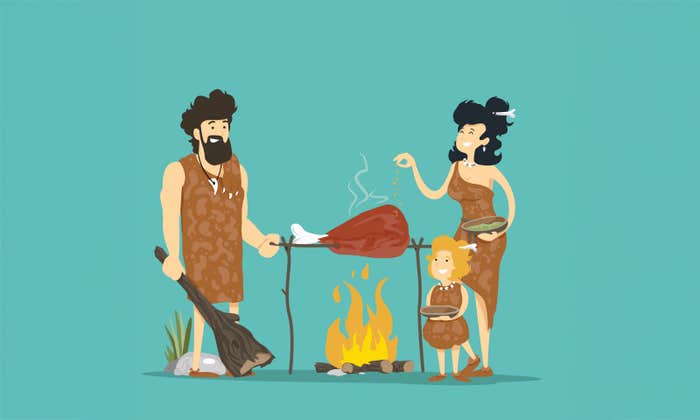Think of what you want to eat for dinner this weekend. What popped into mind? Pizza? Sushi? Clam chowder? Why did those foods (or whatever foods you imagined) appear in your consciousness and not something else? Psychologists have long held that when we are making a decision about a particular category of thing, we tend to bring to mind items that are typical or common in our culture or everyday lives, or ones we value the most. On this view, whatever foods you conjured up are likely ones that you eat often, or love to eat. Sounds intuitive. But a recent paper published in Cognition suggests it’s more complicated than that.
Tracey Mills, a research assistant working at MIT, led the study along with Jonathan Phillips, a cognitive scientist and philosopher at Dartmouth College. They put over 2,000 subjects, recruited online, through a series of seven experiments that allowed them to test a novel approach for understanding which ideas within a category will pop into our consciousness—and which won’t. In this case, they had subjects think about zoo animals, holidays, jobs, kitchen appliances, chain restaurants, sports, and vegetables.
What they found is that what makes a particular thing come to mind—such as a lion when one is considering zoo animals—is determined not by how valuable or familiar it is, but by where it lies in a multidimensional idea grid that could be said to resemble a kind of word cloud. “Under the hypothesis we argue for,” Mills and Phillips write, “the process of calling members of a category to mind might be modeled as a search through feature space, weighted toward certain features that are relevant for that category.” Historical “value” just happens to be one dimension that is particularly relevant when one is talking about dinner, but is less relevant for categories such as zoo animals or, say, crimes, they write.
People were more likely to call to mind striking, large, dangerous zoo animals.
Whereas the reality we live in has three dimensions, or four if you count time, idea spaces tend to have a lot more dimensions than that. These dimensions are qualities that people find useful in describing the members of a category. Mills and Phillips were able to identify some of these dimensions by probing participants to describe ways in which they might tell certain pairs of category members, like a jaguar and a hippo, apart.
One participant noted that both can be dangerous, but jaguars are faster and hippos are larger. “Features that were remarked upon by at least two participants within a category (e.g., dangerous),” the researchers write, “can be interpreted as potentially relevant for representing members of that category.” In this way, they identified 30 dimensions that were especially relevant for people when they thought of zoo animals: They can be more or less dangerous, large, visually striking, “cool,” cute, and so on. Zoo animals were then sorted according to how well they scored on the various dimensions, based on average participant rating on a scale of 1 to 5.
Some of these dimensions grab our attention more than others, and some items in a category, such as a lion, feature more of these dimensions than others. Both things together determine which item in a category people are most likely to call to mind. For example, study participants were more likely to call to mind striking, large, dangerous zoo animals than ones they considered “furry” and “quiet.” And a large, striking, dangerous lion was more likely to come to mind (subjects reported thinking of it around 90 percent of the time when prompted to imagine zoo animals) than a warthog (sorry Pumbaa, hardly any subjects reported thinking of you at all). That’s because the warthog scores low in absolute terms on the 30 dimensions people deemed most relevant for the category of zoo animals.
The researchers propose that the dimensions our minds find relevant for a particular category may relate to our historical experience with that category. “For example, when planning a trip to the zoo,” they write, “it might be useful to call to mind large, striking animals that are exciting and cannot easily be seen elsewhere—this would explain why participants’ mental representations of various zoo animals may include some sort of cached ‘strikingness’ metric.”
This process for calling options to mind holds even when we are making a decision, the researchers found. We involuntarily call up ideas that are most relevant to the category in question even when they are not the best options for a particular context. To test this idea—that category relevance takes precedence over perceived “value”—they asked people to imagine taking kids who were frightened of large animals on a trip to the zoo, with only enough time to see one animal. Which should they go see? The study participants still reported that they brought large, striking, dangerous animals to mind, involuntarily, at first. After a beat, the subjects did land on a kid-friendly choice—one defined by cuteness, of course. ![]()
Lead image by Tasnuva Elahi; with images by Leremy and Minur / Shutterstock




























